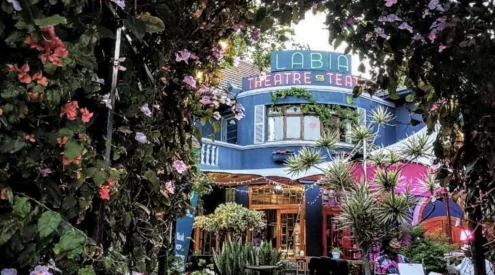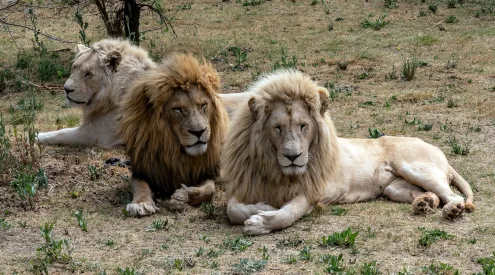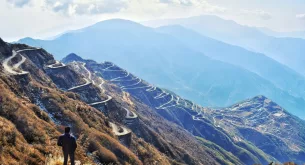Gazing up into the branches of the marula tree, my heart again jolted into a fast tick as another marula fruit crashed from above and struck the wooden deck below, causing a loud boom. As hard as I tried, I was always caught off guard. Another fruit would plummet to earth and I would catch my breath. It always took a few seconds for me to regulate my pulse again.
I was the lucky guest to get the room with a view complete with marula tree and live acoustics. It seemed a fitting combination considering I was on an invitational from Amarula to join a group of winning couples on an elephant collaring experience in the Kruger National Park. Hearing another marula connect with the ground, I reflected back on the morning’s fruitful events.
On track
My task was simple: take in the experience. For the skilled team of vets, researcher and helicopter pilot a little more technical savvy was required. Audrey Delsink, PhD researcher of the Amarula Elephant Research Project, got the signal to move in. Armed with a collar fitted with the latest GPS technology, the team expertly checked the elephant’s breathing, fitted the collar and took all the necessary samples. With ten minutes to spare, I decided to take in the finer details: the elephant’s long eyelashes, rough skin, the rush of air in and out of the trunk and of course to check that I still had a pulse.
‘Females that form part of a matriarchal herd are collared as they provide a better picture of elephant social behaviour,’ said Audrey. With the new collar fitted to the female, hugely beneficial data can now be obtained. The location of elephants can be automatically recorded every 30 minutes via the global positioning systems (GPS) units attached to the collars. ‘When an elephant is out of range of a cellular network, the information is stored until the elephant moves into an area with signal where the data is then downloaded through the cellular network,’ explained Audrey.
Being able to track location, a highly accurate map of elephant movement patterns can be obtained. Audrey is then able to find out what drives elephant ranging behaviour across the landscape and how elephants are responding to local conditions such as road types and traffic. As we headed to our base camp for the afternoon, Audrey received the first reading on her cellphone from the newly fitted collar. All was on track.
A mutual affair
Elephants offer unique challenges to reserve managers given their large size, social nature and their impact on vegetation. Nine female elephants from different herds are being monitored by the project to date, within the Kruger National Park, providing essential data to help conserve elephant populations. In order to determine the next course of action, reserve managers require sound information to make sound decisions.
The research coming out of Audrey’s study can be fed back into the project, which works hand in hand with government conservation agencies and private game reserves to compile elephant management plans. Advice can then be given on management strategies, actions and interventions leading to a successful partnership in managing elephant populations into the future.
Elephant conservation should be a joint undertaking. There are many factors and variables to consider that will ensure elephants remain healthy and stable such as considering how fences impact elephant movements, identifying and implementing transfrontier parks and creating links between area for example. Research, such as Audrey’s study, plays an important role in contributing to the decision-making process of elephant management in areas.
To date, in excess of R4 million has been donated by Amarula to the Amarula Elephant Research Project. By working with rural communities and the wider public, awareness surrounding elephant conservation and management is also communicated, creating a partnership from the ground up.
A ‘duel’ purpose
Heading out for an afternoon game drive with Lyle Gregg, our Jock Safari Lodge ranger for the day, we were contemplating the day’s events, when we stopped to watch a scene straight out of the Battle of Kruger, or near enough. The play button had been pressed and we watched as an old male lion got taken out by an enormous herd of buffalo. He put up an incredible fight. ‘It is sad to watch one of our area males go down, but he had his fair share of buffalo in his day,’ commented Lyle. Everything in nature has a place and purpose, although it seems a cruel blow to a magnificent animal, nature takes its course.
Back at camp, sitting on the shaded deck at Jock Safari Lodge, overlooking the stunning riverbed beyond, with my chilled Amarula in my hand, I wasn’t sure who had the winning combination: me, the elephants or Amarula.


















